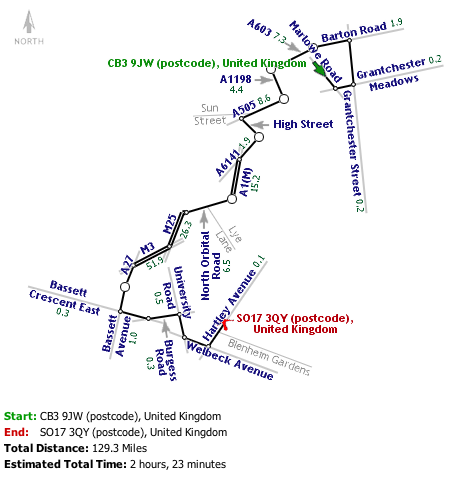I, like many millions of others, have a Linksys WRT54G wireless router at home. Generally, it’s been fine, but recently I’ve found myself having to reset it every few days when connectivity just seems to go away. Updating the firmware from the Linksys site didn’t help.

So today I took the plunge and installed one of the free alternative firmware distributions available: DD-WRT. This is a scary process because if it fails for any reason, your router can become unusable and require quite a lot of tweaking to get it back up and running again. And you won’t be able to read web pages about how to do it because you’ll have lost your connectivity. (Well, I suppose you could bypass the router and plug straight into the modem, but it’s still a nuisance.) There’s even a new verb for this – bricking – which means turning your hardware into a brick.
Figuring that these alternative OSes wouldn’t be so popular if failure was a regular occurrence, I downloaded lots of files and web pages which would help me recover in case of failure, crossed my fingers, and installed DD-WRT. And… phew!… everything went very smoothly.
I’ll need to give it some time to see whether it solves my lock-up problem, but whether it does or not, I’m very impressed so far. The management pages are, if anything, rather nicer than the official Linksys ones, and there are numerous extra capabilities for those who want them. They’re too numerous to list here, but key ones for me include the ability to boost the radio power, to set up static DHCP entries, to monitor the signal strength of wireless clients, and to SSH into the router from outside.
Browsing the web also seems noticeably faster to me now. I can’t imagine that overall data throughput has changed – that must be limited by my cable modem speed – so I’m guessing the snappier feel comes from the built-in DNS server which caches entries by default.
Anyway – all very cool so far. We’ll see how it goes…




Recent Comments